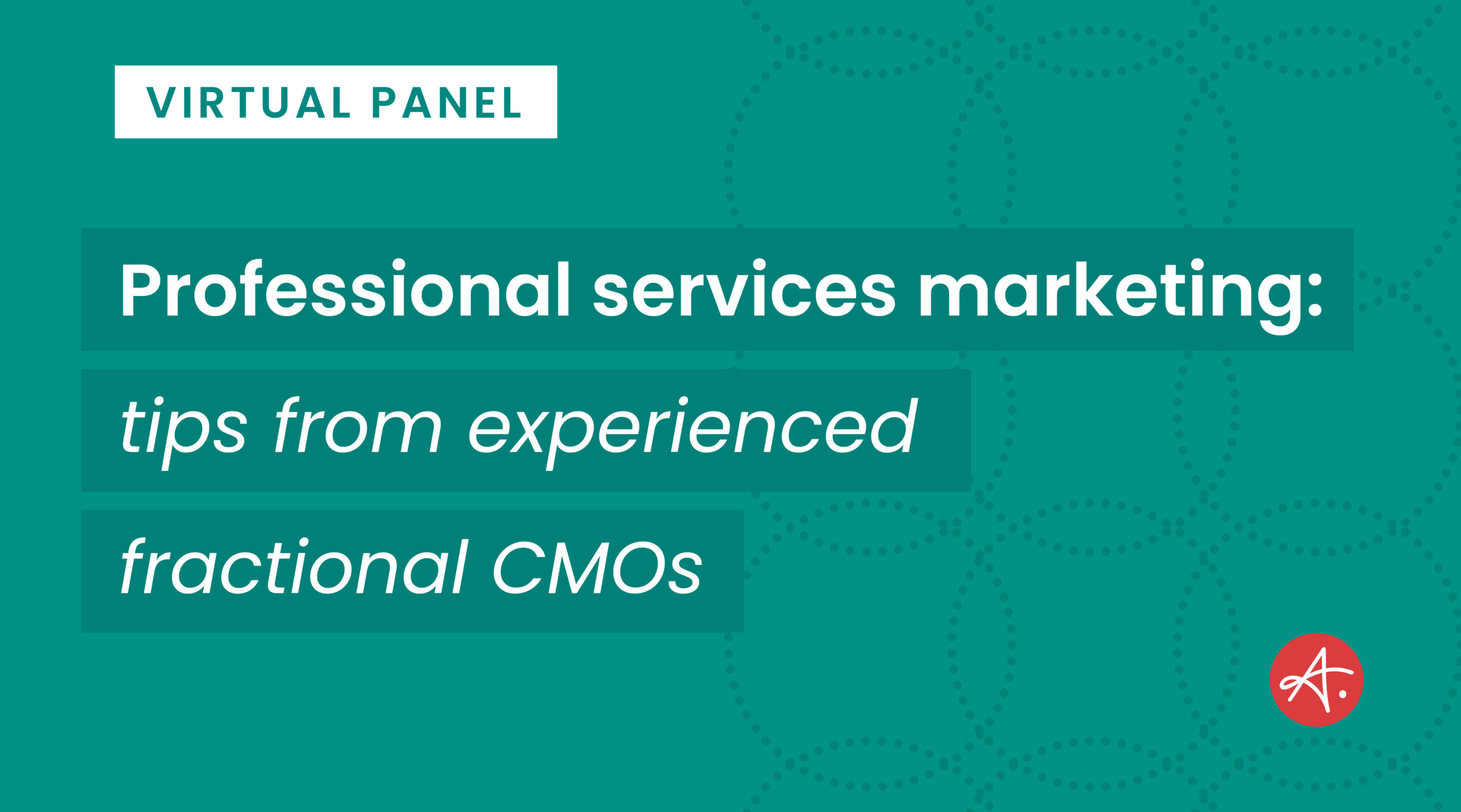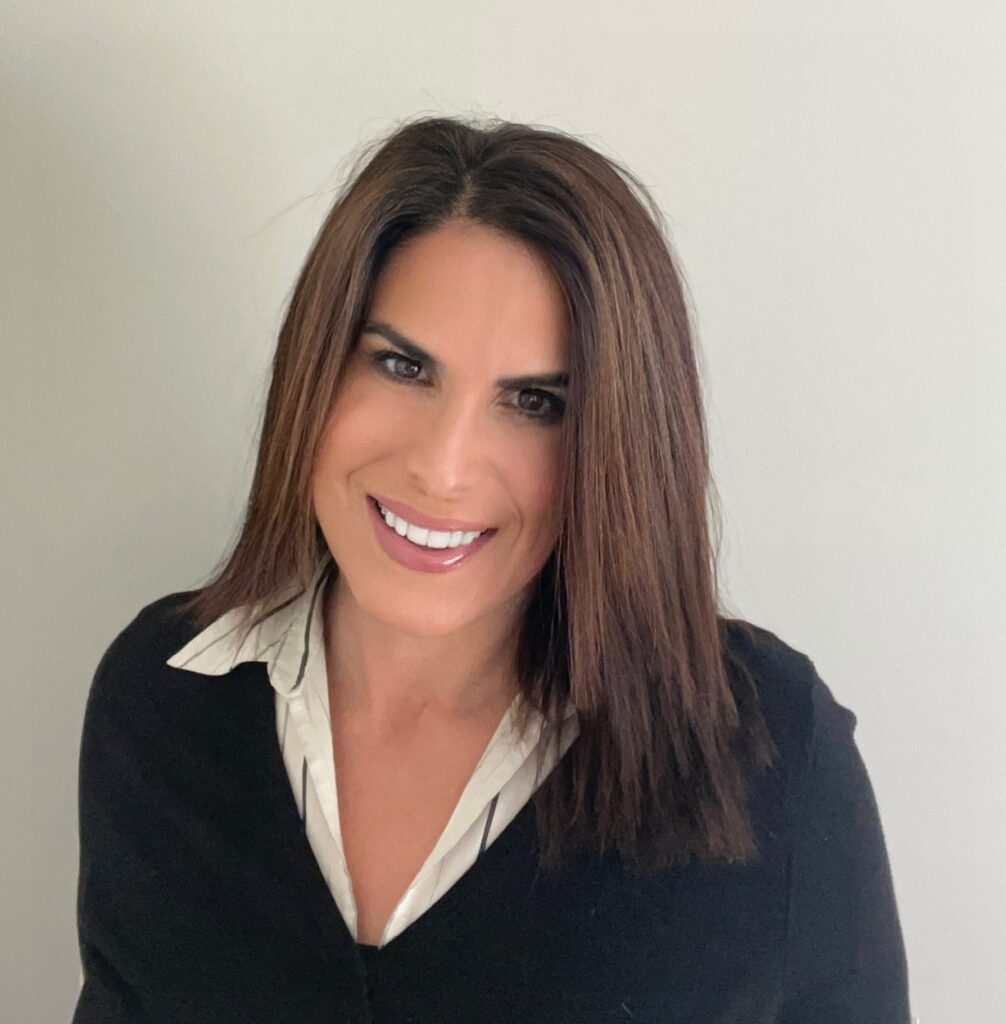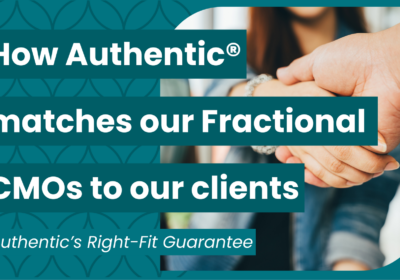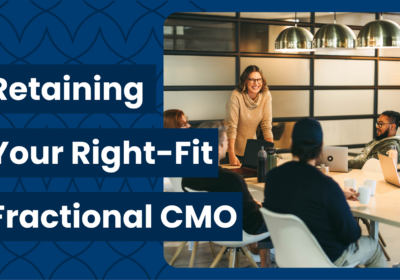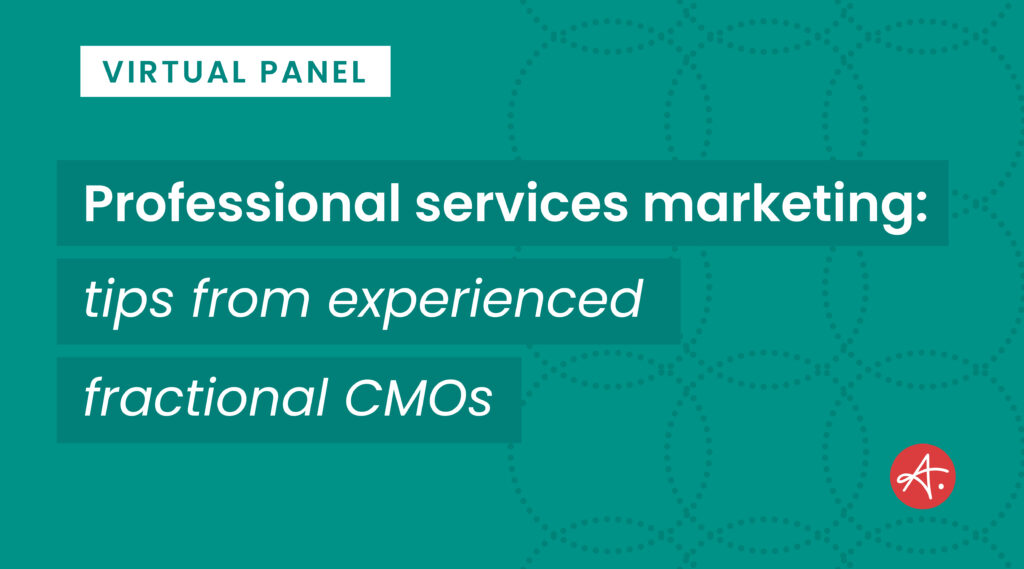
Professional services organizations face unique challenges with marketing. When your product is your people or expertise, elevating that expertise in your marketing efforts is critical. Firms have to share their thought leadership in a way that captures prospects’ attention and cultivates trusted relationships — all while keeping pace with developments in the industry and strategically allocating resources for maximum marketing impact.
We invited three Authentic Fractional CMOs™, Dee Heffernan, Sherry Rothenberg, and Tracy Steeno, to share marketing insights and recommendations for professional services organizations facing growth hurdles today. The panelists dive into the biggest growth challenges these firms face today, provide advice on essential marketing building blocks, and share their perspectives on effective marketing tactics and the most important metrics for tracking ROI.
- What are the biggest growth challenges that the professional services industry is facing today?
Dee: The conversation always seems to revolve around leads: how to keep the pipeline full, how to find the right leads, and which of the myriad tools or other service providers to engage as a means of scaling what can feel like labor-intensive efforts (list building, direct outreach, content creation, etc.). Moreover, anyone in professional services knows relationships are gold, and the most seasoned and successful professional service providers have built their careers on developing trusted client and referral partner relationships. So the million-dollar question is: How do we develop a scalable (or partially automated) lead gen effort that mimics the experience of personalized relationship building?
Tracy: Another pressure is from new, innovative, tech-savvy competitors who are chipping away at the win rates of professional services businesses. The more nimble players are often able to deliver faster and more economically than the more traditional services organizations. It’s important that professional services firms stay on top of technology and invest in improvements to their business so they aren’t like the cobbler’s children without shoes.
Being nimble is part of the equation. It may mean creating new offerings to best meet demand. When I led professional services marketing for a software company, we had a SWAT team that developed packaged solutions from our industry expertise to reduce the amount of customization we were doing for each client and offer a lower price point offering for smaller clients. As a result, the technology that was previously 100% customized only required about 10% of customization for each client. This allowed the business to successfully sell downstream and expand market share.
Sherry: Customer acquisition and retention are two of today’s biggest growth challenges for professional services firms. With increased (and increasing) competition and ever-changing markets, organizations have challenges on both ends of the pipeline. It’s a constant struggle to capture prospects’ attention and even more difficult to cultivate trust. Identifying your ideal target customer, crafting messages that resonate with them, and delivering these messages where and in ways that meet a buyer where they are can go a long way in terms of relationship building. Acquiring the right customer also means they are easier to keep happy and retain, while fostering loyalty.
- In light of these challenges, what building blocks are essential for professional services companies to have in place to develop a sound marketing strategy?
Tracy: Many professional services firms operate in specific niches or industries. Define how what you do delivers on the promise you make – your value proposition – and how it resonates with buyers in each of your target markets. This is part of the messaging process and the foundation from which all good marketing is built. Develop buyer personas, including what’s in their hearts and minds when making the purchase decision and along the customer journey. (Hint: it’s not a one-size-fits-all approach.) There’s more to the messaging process, and it shouldn’t be overlooked or seen as a shortcut. Without it, you’re wasting money. Once the messaging work is complete, enabling staff is key to success, so that the messaging is understood and used by all in the organization.
Sherry: It always comes back to building the foundational elements. Identify your ideal customer, map the buyer journey, and build the content and content distribution plans accordingly. What this really boils down to is knowing your target and speaking to their needs in a way they can relate to. Then, measure each step down the funnel from marketing qualified leads all the way through conversions to ensure your strategy is effective or adjust as necessary.
Dee: First, you need to remember that marketing is about making your prospect know that you “get” them. Too often, I see companies and their vendors jump right into peacocking before considering the experience that their brand needs to foster in order for their prospective audience to feel seen. To help, I use a tool called an Experience Arc, which I obtained during my time as a Strategic Planner back in my ad agency days. The Experience Arc takes a deep dive into the mindsets, attitudes, expectations, and barriers that prospective audiences are coming into your brand ecosystem with. In a couple of sessions, I work with my clients to walk through the arc, using its structure to dive deep into the journey of their potential/ideal clients.
What this does is help my clients orient themselves to the point of view of their audience during critical moments in their buying (or window-shopping) journey — as opposed to trying to come up with content or strategies that focus solely on what they think their prospect wants to hear about (e.g. how great they are). It’s powerful stuff. The outcome is a strategic foundation that effectively communicates to prospects “we get you, we know where you are, and we’re not going to waste your time with information you don’t care about.”
Furthermore, being able to come to conversations with potential vendors with information like this is incredibly powerful as it keeps the source of client insight front and center for all parties, reducing the risk of a vendor or creative partner running with an idea or tactic they’ve used in the past that ultimately isn’t tailored enough to the professional services prospect at hand.
- What marketing tactics work well as part of a comprehensive marketing roadmap for professional services companies, and what are the most important metrics for tracking the ROI of their marketing efforts?
Dee: I like to talk to my clients about positioning themselves as a “voice of authority” in their space. Professional services firms are experts in their field; they are not selling socks in three different sizes. They are selling experience and know-how, invaluable attributes that can yield massive results for their clients. So one tactic is to establish a content strategy that does just this, measuring metrics like: most viewed and engaged-with articles; most shared posts; number of times someone opened an email (if they opened it 19 times, something is resonating!); downloads on gated content (one of my personal favorites, which drives innovation for future pieces of content), and of course, # of subscribers.
Sherry: Marketing professional services firms can be quite different from marketing products, since the emphasis is on establishing trust and expertise as well as building relationships. Content marketing might include educational white papers, blogging, and webinars to establish the voice of authority Dee mentioned above. Collaborating with other professionals or complementary service providers can be another way to establish trust while building relationships. Measuring conversion rates of those who downloaded content, referrals from partners, or webinar attendees will let you know what is working.
Tracy: Beyond thought leadership, developing proof points should be a focus area. Customers want to know you’re experienced in their industry, and you have the proof to show it. Convey how what you delivered helped your client improve their business in meaningful ways, ideally in revenue-based terms. This can be accomplished through customer case studies, referrals, testimonials, speaking engagements, and industry or owned events such as roundtables or topical webinars. Track each tactic, and their conversion rates.
Professional services organizations face unique challenges that require industry-informed strategies. The firms that clarify their unique value proposition, develop targeted messaging, and establish thought leadership and validation with content marketing customer proof points will be best positioned for marketing success.
Our Authentic Fractional CMOs™ have deep experience helping professional services organizations drive growth. Let’s connect if you need guidance navigating industry complexity and want to boost your marketing impact.


